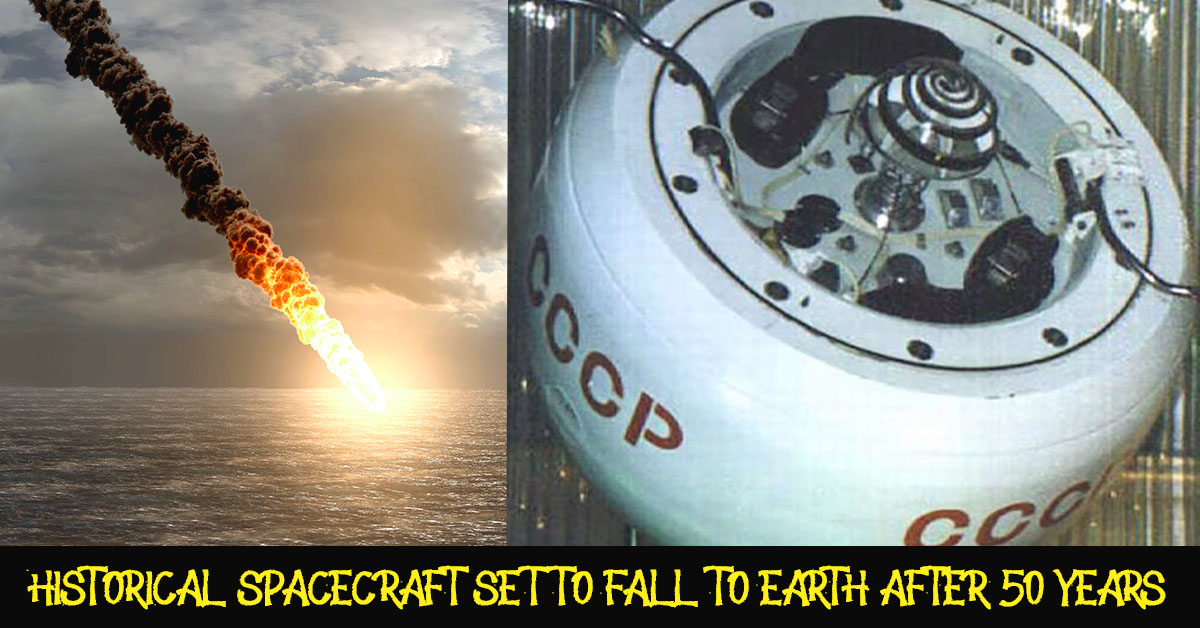The failed Soviet spacecraft Kosmos 482 is finally set to re-enter Earth’s atmosphere after more than 50 years. According to the latest forecast from the European Space Agency (ESA), the spacecraft is expected to re-enter Earth’s atmosphere at 8:26 am on May 10, Bangladesh time. However, the agency said that re-entry could occur 4 hours and 21 minutes before or after this time.
What Is Kosmos 482?
Kosmos 482 was launched in 1972 as part of the Soviet Union’s Venus mission. It was a companion to the Venera 8 mission. The original objective was to land on Venus. But due to a technical fault in the Soyuz rocket, it could not gain enough speed and was stuck in Earth’s orbit.
Where Could The Spacecraft Fall?
According to the ESA, the spacecraft is about 1 meter in size and weighs about 495 kg. It could fall anywhere on Earth between 52 degrees north and 52 degrees south latitude, which includes most of the world’s populated areas. However, experts say that like most space debris, it will likely fall into the ocean.
Derek Woods, an aerospace engineer at Kayhan Space, said that it is difficult to say exactly when or where it will hit because of changes in atmospheric density.
Why Will It Survive?
Kosmos 482 was designed to land in the hot, high-pressure atmosphere of Venus. So it has the ability to survive the extra heat and pressure. It is believed that some parts of it may remain intact even after entering Earth’s atmosphere and could cause damage if it falls into densely populated areas.
Can Read: Who Is Pope Leo Xiv? From Work In Peru To Leadership Of The Vatican
The Increasing Pressure Of Space Debris
According to the ESA report, there are currently more than 1.2 million pieces of space junk or space debris in Earth’s orbit, measuring 1 centimeter or larger. Of these, an average of three large rockets or satellites re-enter the Earth every day, many of which fall to Earth uncontrollably.
Experts say that the risk of re-entry of large objects that have been in orbit for many years and are now naturally decaying is increasing.
Preparing For The Future
Experts say that more satellites will be sent into orbit in the future. Therefore, each mission needs a “controlled termination plan” and more investment in space debris removal technology. Otherwise, the safety of orbit and Earth will be in question.
The Soviet spacecraft Kosmos 482 is a historic spacecraft that spent 50 years orbiting Earth after a failed mission. Now it is returning to Earth, raising important questions about safety, scientific curiosity, and space debris management. It is a message not only for history, but also for the future.
Can Read: What Would Happen If ‘Habeas Corpus’ Were Suspended? US History And Current Context
